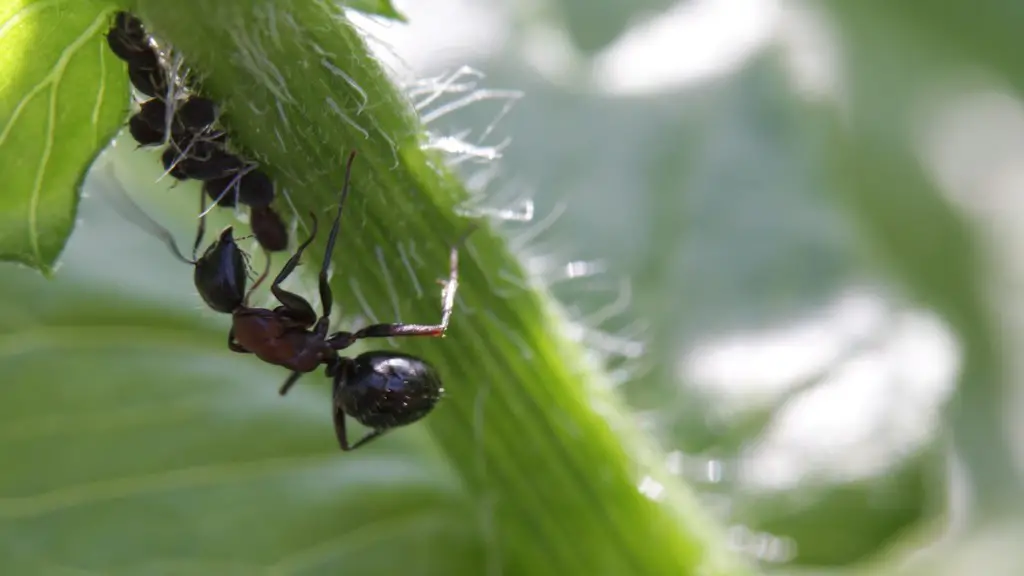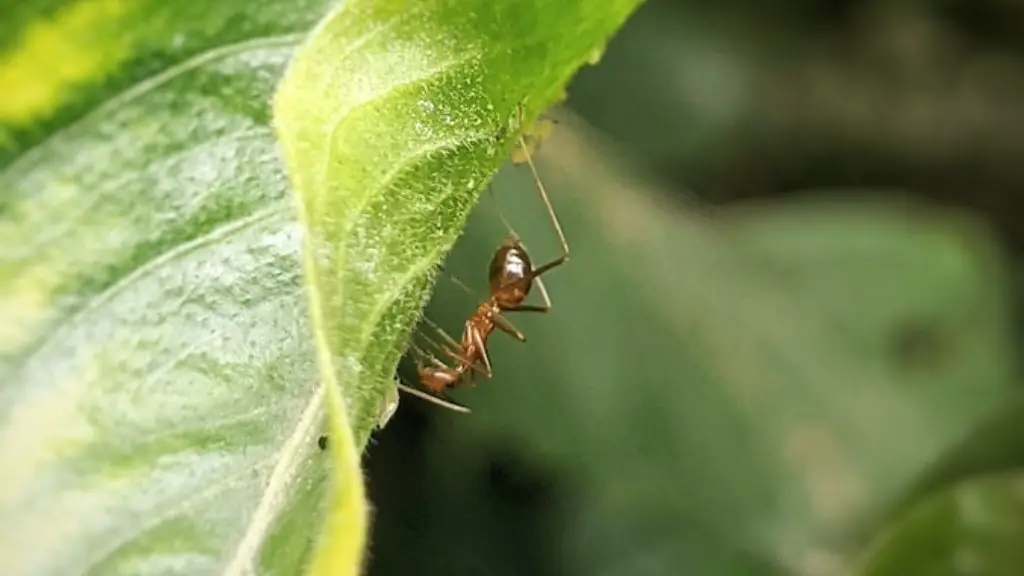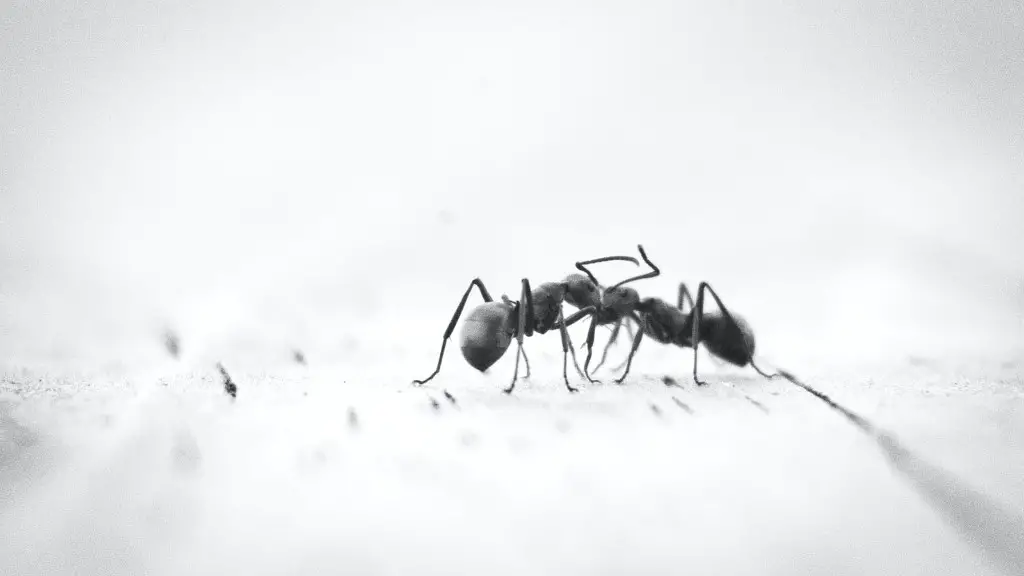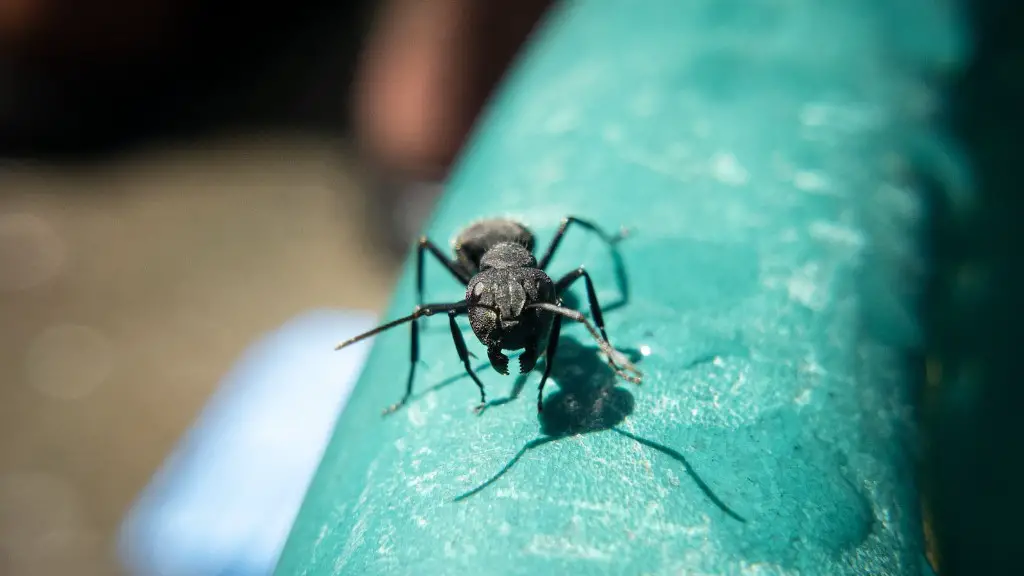Background Information
Ants are one of the most common pests found in homes and businesses, and can cause a lot of nuisance. They range in size from small to large, and tend to cause a wide variety of problems in homes and businesses. They can contaminate food, damage furniture, and cause diseases like salmonella. Furthermore, they can also cause serious structural damage to buildings including the supports, foundation and walls. Consequently, it is important to take appropriate steps to get rid of them as soon as possible.
Identifying Ants
The first step in getting rid of ants is to identify what type of ants you have in your home or business. There are a variety of different species of ants that can be found in homes and businesses, and it is important to determine what species you have in order to determine the type of treatment you will need to use. Generally, the most common types of ants found in homes and businesses are carpenter ants, acrobat ants, and pavement ants. However, there are other species of ants that can be found as well.
Determine Entry Points
Once you have identified the type of ants in your home or business, the next step is to determine how they are entering your home or business. Ants typically enter homes or businesses through cracks and crevices, windows and doors, and through plumbing and electrical wiring. Additionally, ants are also attracted to food, so they are likely to enter your home or business if they detect food odors. Consequently, it is important to determine what entry points the ants are using so that you can take appropriate steps to prevent them from entering.
Removing Food Sources
Once you have identified the entry points, the next step is to remove any food sources that could be attracting the ants. This could include anything from spilled food, crumbs, pet food, and even plants. Additionally, it is also important to seal any cracks or crevices where the ants could be coming from. Additionally, it is also important to keep counters and floors clean to avoid any buildup of food that could attract ants.
Using Baits and Traps
Once food sources have been removed and entry points sealed, the next step is to use baits and traps to get rid of the ants. There are a variety of different baits and traps available, and it is important to determine which ones are best for the type of ants you are dealing with. Generally, baits and traps should be placed in areas where ants travel and where food sources are not available. Additionally, it is important to check the baits and traps regularly to ensure that they are working properly.
Using Natural Remedies
In addition to baits and traps, there are also a variety of natural remedies that can be used to get rid of ants. These include using citrus juice, peppermint oil, vinegar, and even substances like boric acid and diatomaceous earth. These substances are typically effective when used as a barrier or sprinkle around entry points and other areas where ants are active. Additionally, they do not pose any risk to humans and pets since they are natural substances.
Pest Control Services
For more severe ant infestations, it may be necessary to enlist the help of a pest control service. Professional pest control services have a variety of treatments available to help get rid of ants, and they can also provide advice on how to prevent future infestations. Prior to hiring a pest control service, it is important to research and find a reputable company to ensure you get the best service possible.
Follow Up
Once you have taken the steps to get rid of the ants in your home or business, it is important to keep an eye out for any signs of a new infestation. Additionally, you should make sure to keep entry points sealed and food sources to a minimum in order to prevent future infestations. Regular cleaning and inspections are also essential to ensuring that ants do not become a problem again in the future.
Preventative Measures
One of the best ways to avoid an ant infestation is to take preventative measures before an infestation occurs. This can include things like sealing cracks and crevices, keeping food sources to a minimum, and regularly inspecting your home or business for signs of infestation. Additionally, you can also make use of natural remedies and traps to help keep ants away.
Integrated Pest Management
Integrated pest management (IPM) is a comprehensive approach to pest control that seeks to minimize the use of pesticides and other harmful substances, while still effectively controlling pests. The IPM approach utilizes various strategies such as prevention, monitoring, and habitat modification to get rid of pests without negatively impacting the environment. IPM can be a useful tool for managing ants, as it takes into account their way of life and their interactions with the environment.
Environmental Factors
Environmental factors can play a big role in determining whether or not ants are present in your home or business. Areas with high moisture levels, standing water, and overloaded drainage systems can all make it easier for ants to thrive. Additionally, plants and wood piles can also attract ants as they can provide a food source for them. Consequently, it is important to be aware of the environmental factors in your area in order to better manage an ant infestation.
Extermination Services
When all else fails, extermination services may be necessary to get rid of an ant infestation. Extermination services use a variety of methods to get rid of ants including chemicals, traps, and baits. Additionally, extermination services can be a good option for those who don’t have the time or knowledge to deal with an ant infestation on their own.



